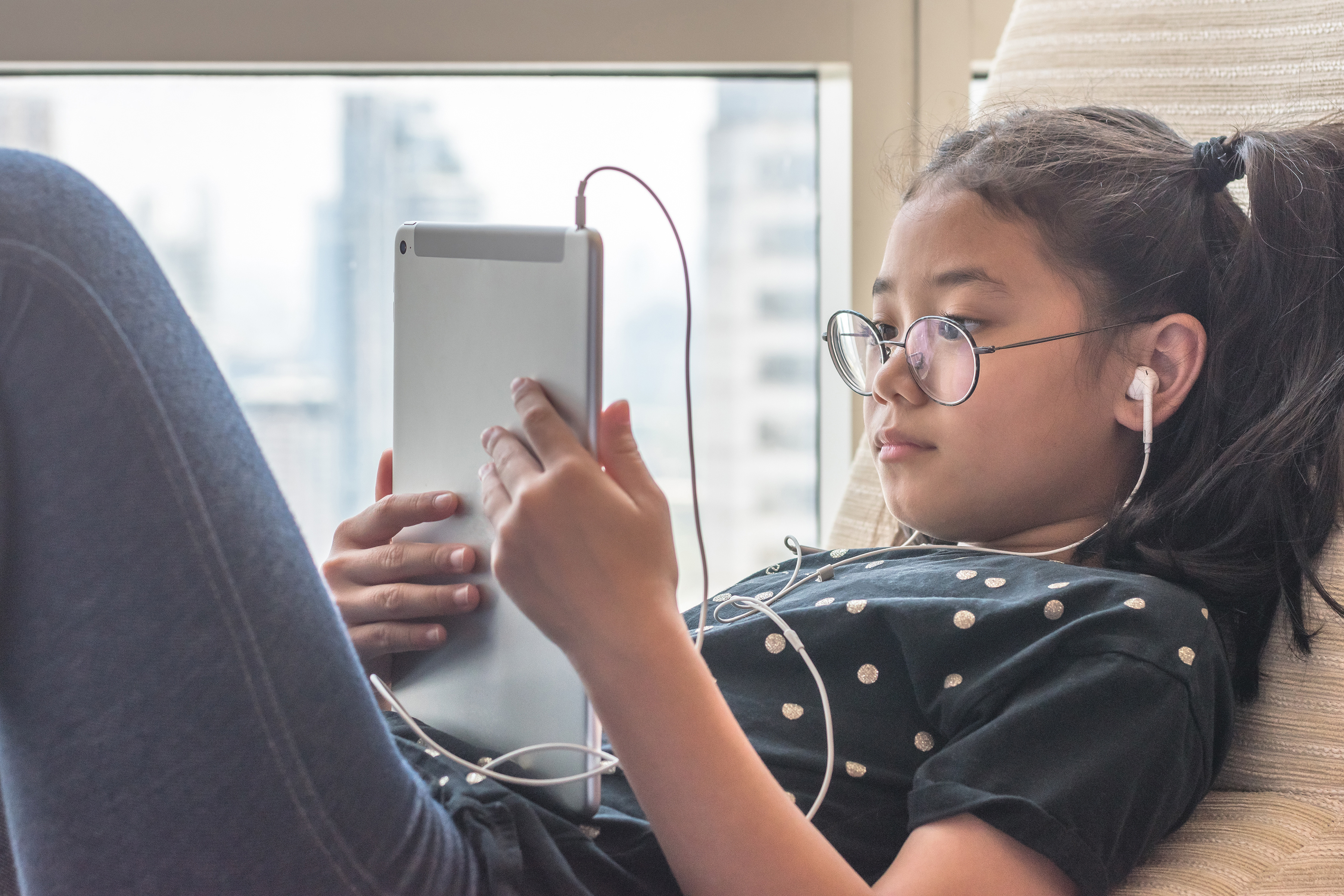
Assistive Technology for Reading
Some students have sensory, physical, cognitive, or learning differences that effectively limit their ability to use standard print materials, such as textbooks. Such barriers to accessing print materials, due to disability, may be referred to as print disabilities, which is a term used in long-standing Library of Congress regulations related to provision of reading materials in alternate formats.
State and federal regulations requires that LEAs “provide instructional materials to blind persons or other persons with print disabilities in a timely manner." Print disabilities are defined to include “persons who are blind or visually impaired and those with physical and learning disabilities of sufficient severity to prevent their reading printed material in a typical manner.”
It should be noted that the term encompasses a broad range of learners, and may include many students with learning disabilities who struggle with print. Even students who are receiving intensive reading intervention could still have difficulty reading grade-level materials in content areas. Assistive technology can help these students access curricular materials through listening. AT tools for reading may remove barriers for students to access, understand, or manipulate text.
Which students need AT for Reading?
If an IEP team determines that the student is unable to read grade-level print instructional materials:
-
at a sufficient rate
-
with adequate comprehension
-
with success, relative to same-age peers
-
independently
-
across environments and tasks,
... then the student may need access to print in a different or additional format.
Guiding questions to assist the IEP teams in considering the need for AT, provided in the Annotated IEP document, include this question: Does the student need AT to access print materials?
Instructional materials in a variety of formats can be utilized to address the barriers posed by standard texts and print for many students.
Learn more about AIM/AEM:
Pennsylvania’s Guidelines for the Provision of Accessible Instructional Materials
National Center on Accessible Educational Materials
Understood